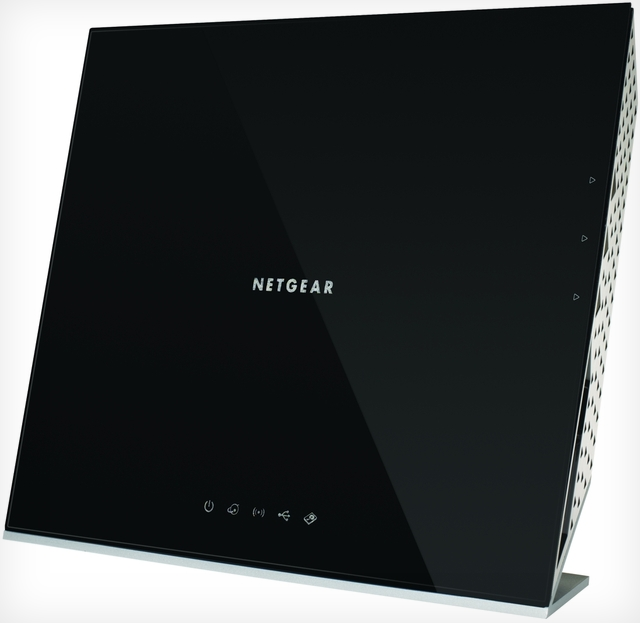CES 2012: As wireless adoption surges, Netgear strives to become household name

LAS VEGAS -- It's amazing how things change.
The networking professionals who read ZDNet have long been familiar with Netgear, the former Nortel subsidiary that spun off to become one of the three major networking hardware manufacturers, alongside Cisco and D-Link. For years, wireless routers and switches were for the tech-inclined only; if a family member needed assistance setting up a home network, the "family IT guy" was called. Otherwise, proceed at your own (infuriating) risk.
That perception is quickly changing, by necessity. With nearly every new electronic device Internet-connected, the average consumer is becoming more familiar with networking equipment -- and router manufacturers are making strides to explain what their products do in plain English.
Cisco was the first with its brilliant Valet product; now Netgear is throwing its hat into the ring. While the American company isn't offering products quite as simple as the Valet, its newest products -- the $120 Powerline Nano 500, the WN2500RP Wi-Fi range extender, the WNDR4700 media storage router (pictured, above), the $80 N900 four-port Wi-Fi gaming adapter and the app-ready "Smart Network" platform -- take its signature focus on performance and wrap it in a fuzzier promise of being connected everywhere and at all times.
Or as Netgear likes to call it, "Complete Connectivity."
"The number of devices on the network, and what they're doing on the network, is changing quite a bit," Netgear vice president David Henry said during the company's press conference. "For the first time ever, over half of the Internet traffic in the home is real-time entertainment."
A recent Netgear survey showed that the number of homes with more than six Internet-connected devices increased 70 percent between 2010 and 2011, Henry said.
That's why Henry's presentation here at the 2012 Consumer Electronics Show was light on specifications such as throughput and heavy on words like "reliable," "fast" and "easy to use" -- despite an audience filled with tech press and industry analysts. His main selling point is that networking equipment is no longer an unsightly device you stuff in the closet, but rather an essential device that solves problems, such as making sure the kids can watch Glee on your iPad without any dreaded buffering.
That's the story Netgear is increasingly trying to tell, and the positioning of its newest products is an attempt to weave that narrative. The two-terabyte media storage router is notable because it allows for continuous backup for both PCs and Macs -- good for mixed tech homes -- file streaming over DLNA and cloud access, in case you accidentally forgot to copy that PowerPoint presentation before you left for work.
Similarly, the $90 Wi-Fi extender solves a simple problem: if you're an American living in a somewhat spacious house in the suburbs, chances are your router can't cover the entire property. (Even my router at home, an Apple AirPort Extreme, can't cover my entire 1-bedroom apartment in the city.)
"No bars equals no fun," Henry said, with a glint in his eye.
Netgear's challenge, of course, is to make these products what I call "stupid obvious" -- preserve the hardware sophistication, power and performance, but present it in a way that's accessible by even the least technical of consumers. No one, bar the ZDNet reader, likes to shop for a router.
Even fewer like to set one up.
There wasn't much in the way of a demonstration during Netgear's press conference, but judging from what little I did see (such as the network device management interface on the media storage router), I'm not confident it has solved that problem. The company still seems like it's very much appealing to the prosumer, and merely giving complicated products a simplistic sheen, instead of designing them from the ground up to be that way. Still, it's unfair for me to judge without having used the devices, so take the above with a big, honking grain of salt.
The devices seem eminently capable. If Netgear really wants to become a household name, it's going to have to connect the dots. Incidentally, that's something it's in the business of doing.
